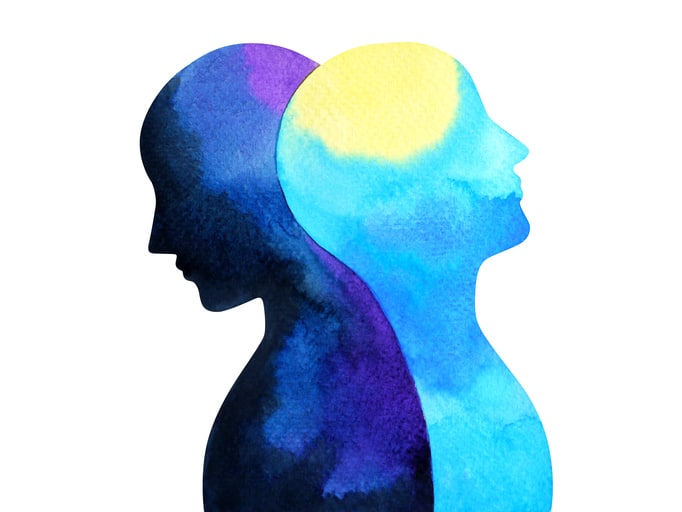Disgust is theorized to serve a unique function of motivating avoidance of noxious stimuli and setting interpersonal boundaries to prevent contamination. Research has established the relevance of disgust to OCD, posttraumatic stress, and phobias, suggesting transdiagnostic features. However, research has not always accounted for overlap of disgust with other negative emotions, obscuring unique contributions. Moreover, studies have not disentangled between-person (mean levels) and within-person (state) effects. The present study examined within- and between-person relationships of disgust, anxiety, and dysphoria with responses to daily social stressors. We expected disgust would uniquely predict cognitive avoidance and boundary-setting interpersonal behavior.
Individuals (N = 159) meeting ADIS-V anxiety/depressive disorder criteria (n = 55) and healthy controls (n = 104) completed online journals about naturalistic social stressors over five weeks (1,923 records), reporting disgust, anxiety, dysphoria, and responses to social stressors.
As expected, disgust uniquely predicted lower acceptance, greater thought suppression, greater self-assertion, and less prosocial behavior, above and beyond anxiety and dysphoria. Several disgust effects were present at both between- and within-person levels, suggesting the relevance of both mean disgust and state fluctuations.
Results demonstrate unique relevance of disgust for how individuals respond to social stressors.
Copyright © 2021 Elsevier Ltd. All rights reserved.
Disgust uniquely predicts coping and interpersonal processes beyond anxiety and dysphoria in the context of naturalistic stressors.


